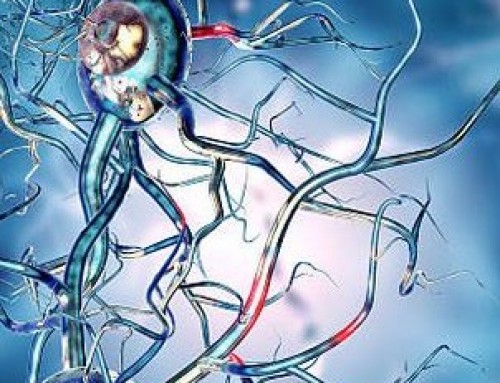 Stem cell research firm, Cell Cure Neurosciences, revealed in a press release that their OpRegen® stem cell therapy for the treatment of age-related macular degeneration (AMD) is showing real promise.
Stem cell research firm, Cell Cure Neurosciences, revealed in a press release that their OpRegen® stem cell therapy for the treatment of age-related macular degeneration (AMD) is showing real promise.
In a healthy eye, there are retinal pigment epithelial (RPE) cells. These cells provide nutrition to the photoreceptor cells that collect light and help you see. As people with macular degeneration age, the RPE cells become less effective and start to break down.
AMD affects countless people worldwide and becomes increasingly common with the progression of age. It’s the leading cause of vision loss in people over 50-years. The CDC estimates that there are approximately 1.6 million people in the US, over the age of 50, with AMD.
Age-Related Macular Degeneration Treatment Approach
The OpRegen® therapy is an injection of retinal pigment epithelial cells created using stem cells. The RPEs are injected directly below the damaged portion of the eye. The team at Cell Cure Neurosciences has been working to validate that the cells once injected will “replace the patient’s dysfunctional cells.”
Researchers have also observed that the introduction of the RPE cells has created improved communication between the existing cells. This has proved to be an incremental benefit to the therapy.
The research has been reviewed by an independent board to ensure the first round of clinical trials were viable. The results announced June 13th provided positive news. The board concluded after analyzing safety data that the research should precede to a second stage of trials with an increased number of participants and higher dosages of stem cells.
The data for the initial clinical trial has not yet been made public; check back often for updates as they are announced.

References:
Centers for Disease Control and Prevention. Prevalence of visual impairment and selected eye diseases among persons aged >50 years with and without diabetes—United States, 2002. MMWR 2004;53:1069–71.





